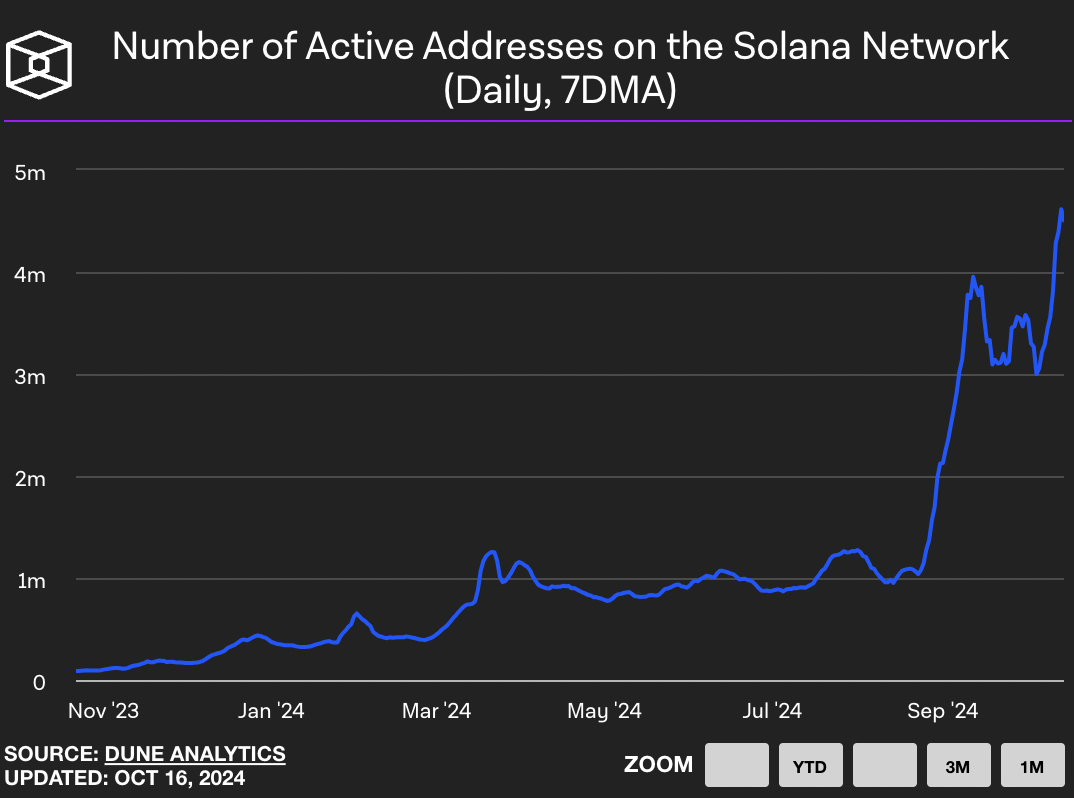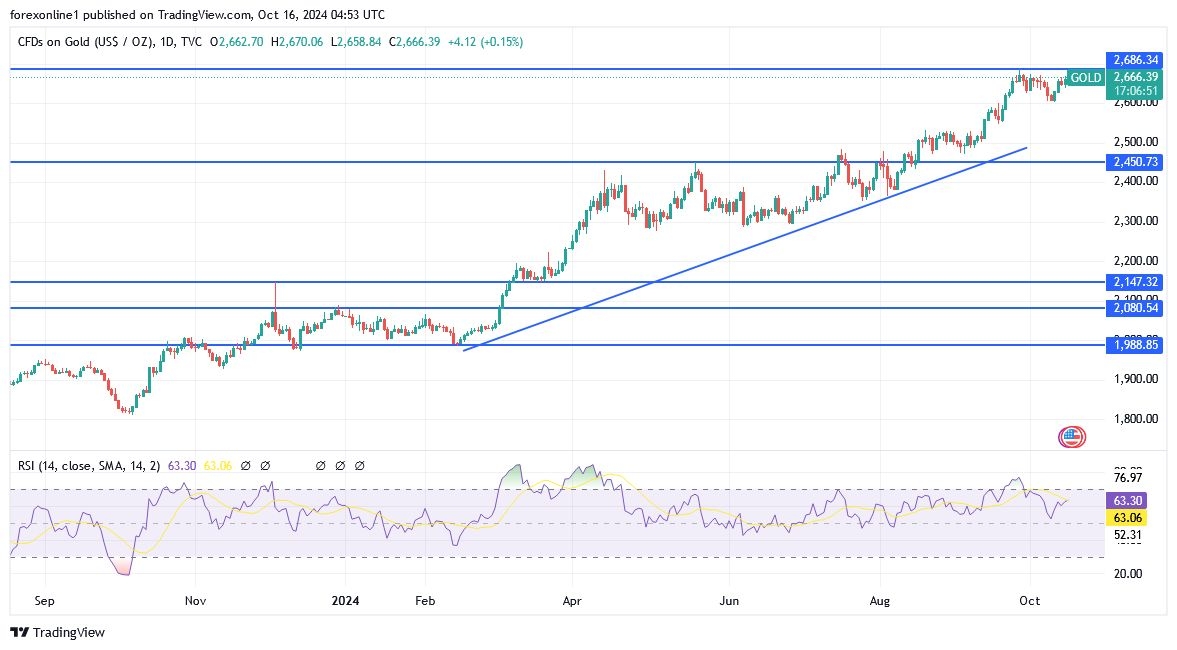Category: Forex News, News
Pound Sterling looks to extend losses after UK inflation data
- GBP/USD touched its lowest level in nearly two months below 1.3000 on Wednesday.
- Annual CPI inflation in the UK softened to 1.7% in September.
- The near-term technical outlook suggests that the bearish bias remains intact.
Following a consolidation phase near 1.3100 in the Asian session on Wednesday, GBP/USD turned south and touched its lowest level since August 20 below 1.3000. The pair could continue to stretch lower in the near term, with markets reassessing the Bank of England’s (BoE) policy outlook after soft inflation readings.
The UK’s Office for National Statistics (ONS) reported that annual inflation in the UK, as measured by the change in the Consumer Price Index (CPI), softened to 1.7% in September from 2.2% in August. This reading came in below the market expectation of 1.9%. Additionally, the Producer Price Index (PPI) – Input declined by 2.3% on a yearly basis. Finally, the Retail Price Index rose 2.7% (YoY), down sharply from the 3.5% increase recorded in August.
According to Reuters, markets are currently pricing in a 70% probability of the BoE opting for two consecutive 25 basis points (bps) rate cuts in November and December, compared to a less-than-50% probability ahead of the release of the UK inflation data.
The US economic calendar will not feature any data releases that could influence the US Dollar’s (USD) valuation in the second half of the day. Hence, the negative impact of the UK inflation data on Pound Sterling could continue to dominate GBP/USD’s action.
GBP/USD Technical Analysis
The Relative Strength Index (RSI) on the 4-hour chart edged slightly higher after testing 30 when GBP/USD dropped below 1.3000. This technical development suggests that the pair’s bearish bias remains intact while investors allow for a technical correction before the next leg lower.
Once 1.3000 (round level, static level) is confirmed as resistance, 1.2940 (static level) and 1.2900 (static level, round level) could be seen as next support levels. If the pair stabilizes above 1.3000, resistance levels could be spotted at 1.3050 (static level) and 1.3080 (50-period Simple Moving Average).
Pound Sterling FAQs
The Pound Sterling (GBP) is the oldest currency in the world (886 AD) and the official currency of the United Kingdom. It is the fourth most traded unit for foreign exchange (FX) in the world, accounting for 12% of all transactions, averaging $630 billion a day, according to 2022 data. Its key trading pairs are GBP/USD, also known as ‘Cable’, which accounts for 11% of FX, GBP/JPY, or the ‘Dragon’ as it is known by traders (3%), and EUR/GBP (2%). The Pound Sterling is issued by the Bank of England (BoE).
The single most important factor influencing the value of the Pound Sterling is monetary policy decided by the Bank of England. The BoE bases its decisions on whether it has achieved its primary goal of “price stability” – a steady inflation rate of around 2%. Its primary tool for achieving this is the adjustment of interest rates. When inflation is too high, the BoE will try to rein it in by raising interest rates, making it more expensive for people and businesses to access credit. This is generally positive for GBP, as higher interest rates make the UK a more attractive place for global investors to park their money. When inflation falls too low it is a sign economic growth is slowing. In this scenario, the BoE will consider lowering interest rates to cheapen credit so businesses will borrow more to invest in growth-generating projects.
Data releases gauge the health of the economy and can impact the value of the Pound Sterling. Indicators such as GDP, Manufacturing and Services PMIs, and employment can all influence the direction of the GBP. A strong economy is good for Sterling. Not only does it attract more foreign investment but it may encourage the BoE to put up interest rates, which will directly strengthen GBP. Otherwise, if economic data is weak, the Pound Sterling is likely to fall.
Another significant data release for the Pound Sterling is the Trade Balance. This indicator measures the difference between what a country earns from its exports and what it spends on imports over a given period. If a country produces highly sought-after exports, its currency will benefit purely from the extra demand created from foreign buyers seeking to purchase these goods. Therefore, a positive net Trade Balance strengthens a currency and vice versa for a negative balance.
Written by : Editorial team of BIPNs
Main team of content of bipns.com. Any type of content should be approved by us.
Share this article:








